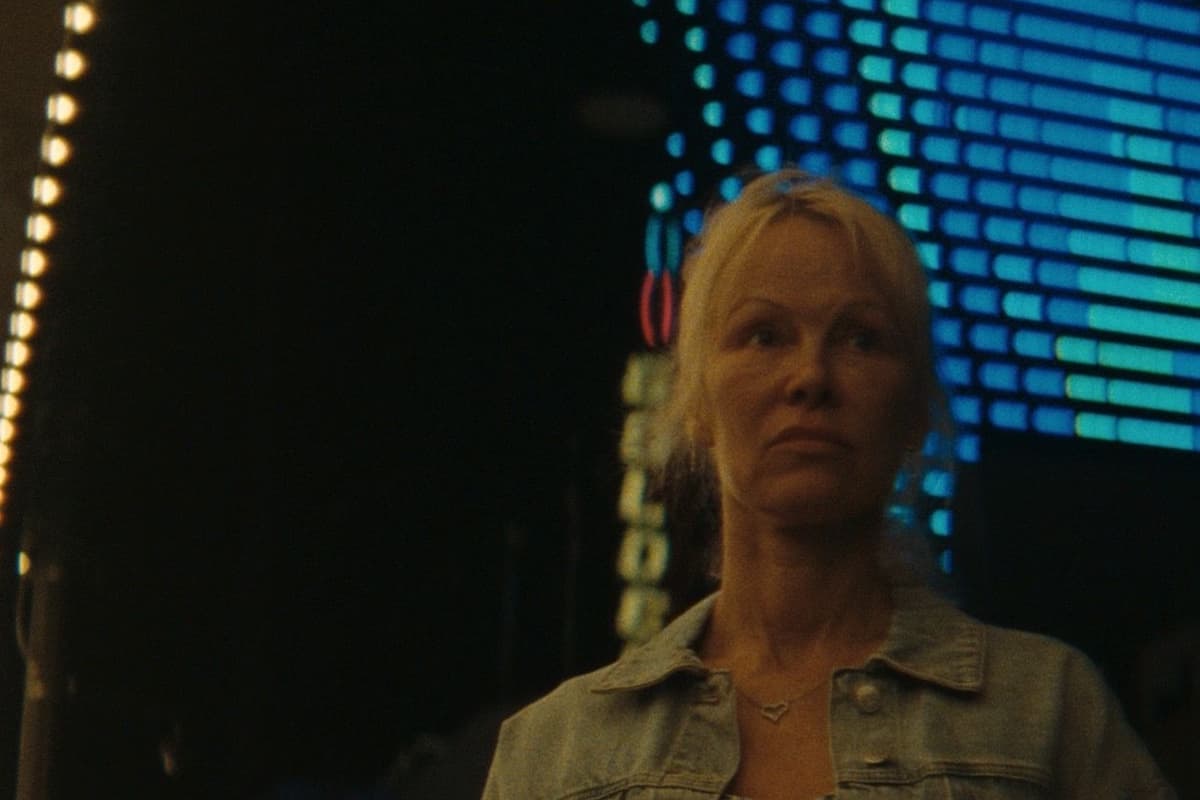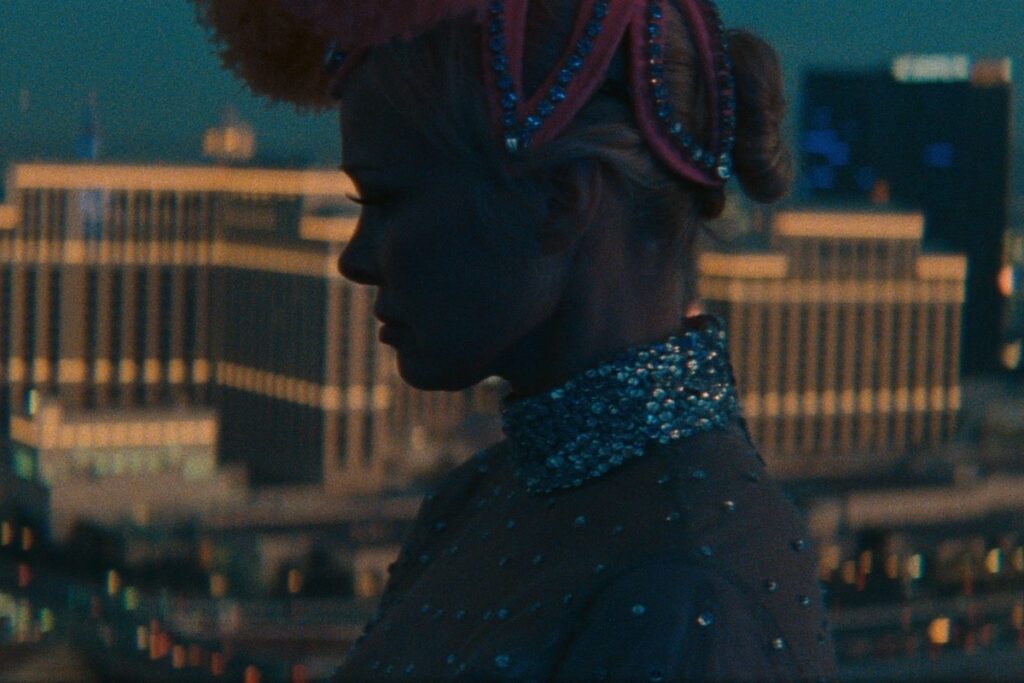A Game Pamela Anderson Can’t Save Director Gia Coppola’s ‘The Last Showgirl’
Kudos must go to Anderson for playing a character who at times is selfish and delusional, though she isn’t so much complicated as naive.

Pamela Anderson of “Baywatch” fame this week was nominated for a Golden Globe for her starring role in the new movie “The Last Showgirl,” which makes its debut in theaters Friday. Playing a middle-age performer in a vintage Vegas revue — the kind where the women wear sparkling costumes and elaborate headdresses — Ms. Anderson is sympathetic and spirited, but she’s let down by a drama that applies a gossamer gloss to the “aging woman in showbiz” theme.
It starts promisingly enough: In a short opening scene, Ms. Anderson’s character, Shelly, attends an audition. With a single spotlight beaming down on her, Shelly nervously answers questions from an unseen scrutinizer just before the movie cuts to its title sequence. Soon afterward we learn, in flashback, that the reason she’s seeking new employment is because the show she’s in, ”Le Razzle Dazzle,” is closing.
Director Gia Coppola, granddaughter of Francis Ford and niece of Sofia, and screenwriter Kate Gersten quickly establish Shelly’s work environment and friend circle, even if little of it feels authentic. Shelly represents a mother figure to the troop of fellow female dancers, especially Jodie (Kiernan Shipka) and Mary-Ann (Brenda Song), who in turn help her with quick wardrobe changes. Jamie Lee Curtis plays Shelly’s best friend, Annette, a cocktail waitress who used to be a showgirl. Lastly, there’s Eddie (Dave Bautista), the stage manager with whom Shelly years ago had some sort of relationship.
The primary element that stands out in these early scenes is the film’s off-putting photography. Cinematographer Autumn Durald Arkapaw uses what seems to be a fish-eye lens in most scenes, and combined with the murky lighting and occasional blinding light flare, unsteady close-ups, and awkward camera movements, the resulting imagery appears amateurish and fuzzy, like rhinestones gone opaque. It may be that Ms. Coppola and Ms. Durald Arkapaw wished for a sense of immediacy and artsy intimacy with these effects, yet all they do is act to distance us from the story.

Annette’s introduction presents another roadblock. In early scenes, she is obnoxious and overbearing, taking the focus off of Ms. Anderson’s main character. Ms. Curtis’s wig and makeup also distract, turning Annette into a caricature of her Emmy-winning mother role in the hit series “The Bear.”
Matters don’t improve later on, when we watch Annette dance to Bonnie Tyler’s 1983 song “Total Eclipse of the Heart.” Stiffly hoofing it in a casino, Annette appears both pained and carefree, and it’s unclear whether the director wants us to chuckle at the character and her choice of song or pity her while marveling at her “bravery.” It seems Ms. Coppola tries to have it both ways.
When Shelly’s estranged college-age daughter Hannah (Billie Lourd) comes into the picture, the narrative gains some traction, particularly after she attends a performance of the revue and calls it “lame trash.” She further confronts her mother about why she chose to work in such a show instead of concentrating on raising her daughter. Details are sketchy, as with much in the screenplay, but it’s clear that Hannah at a young age went to live with another family.
Kudos must go to Ms. Anderson for playing a character who at times is selfish and delusional, though Shelly isn’t so much complicated as naive. Ms. Anderson’s babyish tone of voice delivers dialogue in a manner that’s both charmingly unique and not in sync with dramatic cadences. Marilyn Monroe comes to mind, and while Pamela has always been compared to the iconic actress, she lacks Monroe’s acting chops. Still, in parallel scenes involving two separate men, she nails a range of emotions.
What gives the theme of a once-sparkling beauty facing an unforgiving industry a bit of oomph is that Ms. Anderson herself is an aging actress, much like Demi Moore in “The Substance” or Gloria Swanson in “Sunset Boulevard.” Ms. Coppola and Ms. Gersten even have Shelly criticize the overtly sexualized moves common in contemporary dancing, which dovetails with Ms. Anderson’s own anti-pornography efforts. Yet this critique is brought up several times, leaving the film with little more to say than the perennial “show business is ruthless,” and to make the occasional reference to the high cost of living.
Once we’re shown the audition again, only this time in its entirety, one senses a big breakdown is likely to arrive. Sure enough, the filmmakers have Shelly fall to the ground in tears soon afterward. It’s another hackneyed moment in a movie filled with them, right down to its strained happy ending.

